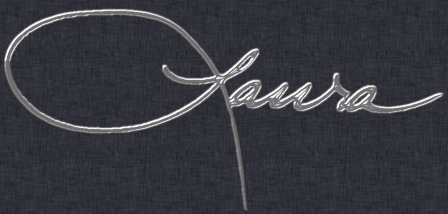Images that you view on the Internet can look very different from the artist/author's intent, based solely upon your monitor's settings. There are tools that web designers use to calibrate their monitors so they know they are using standardized settings. There are tools you can use to insure you are viewing websites the way they were intended.
Even if you have software that performs these adjustments for you you may want to rely on your own eyes rather than a "built-in filter". These tools use digital grayscale charts to help you calibrate your monitor visually. It may sound complex or even scary but is very easy to do.
Make certain your monitor has warmed up. At least an hour is a good amount of time. Make certain there is no glare on your screen from either artificial or natural light.
Locate your monitor's menu. (You can look at your manual or do a search online for instructions for your particular monitor.) There will be a place for you to adjust things like contrast, brightness, gamma, etc. You will want to adjust your gamma settings first. There are charts that you use to set your monitor's gamma settings. Norman Koren provides very good ones on his site. Simply follow his instructions to adjust your gamma to a good level. The basic idea is to have a visual effect within an image disappear as you make your adjustments. He also provides a free adjustment software called QuickGamma.
Next, you will want to adjust the brightness. Set it at 100% and lower the setting one increment at a time until your eye is comfortable reading black text on a white background.
Once your monitor is calibrated the colors viewed on your computer will match real life colors as closely as possible. Now! Let me throw in a monkey wrench. The quality of your monitor, ambient lighting, glare, type of light (daylight or true-color, regular, fluorescent or halogen bulbs) will all have an effect on how colors appear. And guess what? The amount of sleep you've had, presence of a headache, muscular tension and even the amount of coffee you've had will all have an effect on how you see color!
Good luck!

